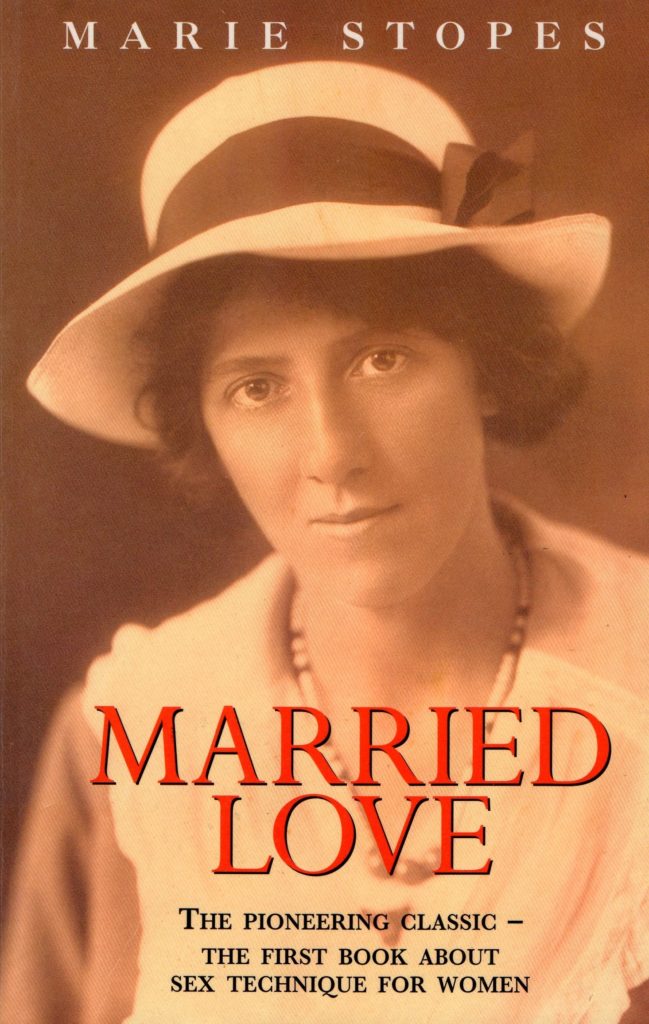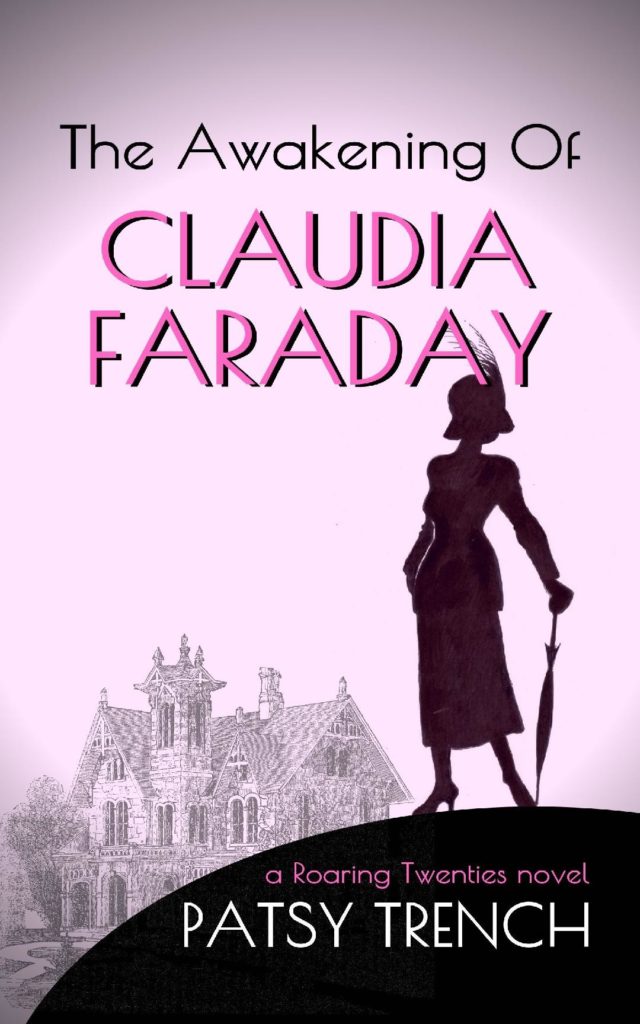The obvious answer is it’s a book in which sex is the central focus and is described graphically. In other words it is aimed at the reader who likes to read about people having sex.
But what is the difference between an erotic novel and novel that’s about sex?
It’s a question that comes up again and again in my case. My first novel in The Roaring Twenties series is about a fifty-something woman and mother of three who discovers the joys of sex for the first time.
Claudia is a typical product of her time: born in straitlaced Victorian Britain and brought up to consider sex as a duty rather than a pleasure (like homework), and for the purpose of pro-creation only. So the discovery, partly thanks to Marie Stopes, that it can be indulged in for its own sake, and be immensely pleasurable, comes as an overwhelming surprise to Claudia in her middle age.

So the book concerns the effect this discovery has on what has become a pretty humdrum life for Claudia; three daughters all married and left home; archaeologist husband almost permanently absent oversees; living alone in a house that’s too big for her with nothing to do. Claudia’s life has effectively ground to a halt.
The discovery – her ‘awakening’ – opens her eyes to a world that is in the process of going through massive change: in fashion, ideas, morality and above all, in expectation. Women have the vote (some of them). They are even winning seats in the Parliament. Corsets are passé, skirts are getting shorter, night clubs are filled to the brim with bright young things dancing the Charleston. Claudia has a lot of catching up to do.
It’s an important topic (I think). But it’s not Fifty Shades of Grey. And Amazon won’t let me publicise Claudia, nor will many other outlets. And any other attempts to market the book tend to attract the wrong audience.
Perhaps it’s time for a rethink? Or a new category?
Patsy Trench
March 2021

